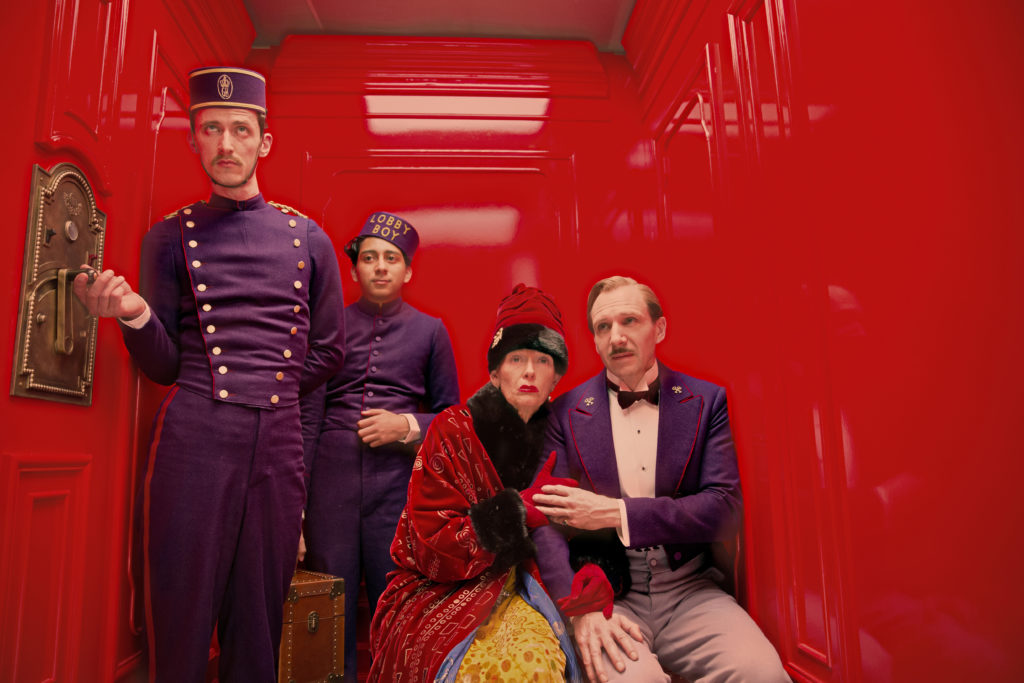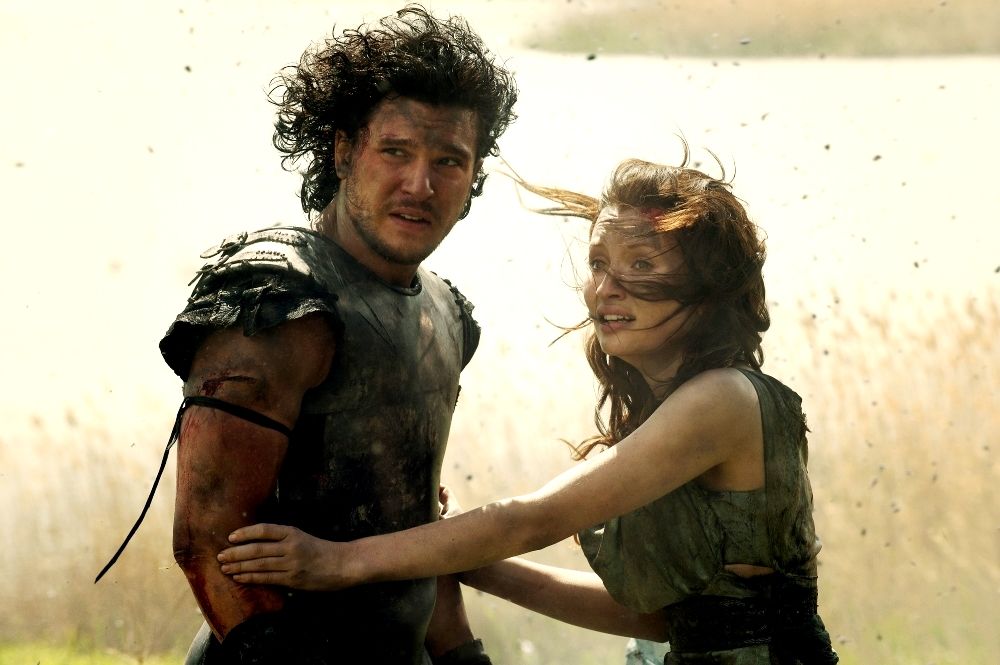Yet another teen-ager saving the world
The similarities between The Divergent Trilogy and The Hunger Games trilogy are impossible to ignore, so let’s get them out of the way. Both are about preternaturally capable teen-aged girls who help lead rebellions in dystopian futures, and both have been turned into big budget tent-pole movies with starry casts and critics-anointed leads. The Hunger Games has Oscar-winner Jennifer Lawrence playing warrior and heroic symbol Katniss Everdeen, while Golden Globe-nominee Shailene Woodley plays Tris, a brilliant and brave girl who diverges from the strict eugenic caste system, in Divergent. In both, there’s romance with a hunky fellow, a heaping dose of political intrigue, and some cool technology on which a lot of the plot points hinge. Both have training montages, big action scenes, lamentable deaths of good people, and some nasty villains. The Hunger Games books have a more complex and believable mythology, however, and both of the movies are better than Divergent is – which is not to say that I wasn’t entertained.
In the world of Divergent, everyone who has survived a horrible, global war now lives in Chicago, which is surrounded by a massive wall and where the population has been divided into five factions: Abnegation, who are selfless civil servants; Amity, who the peaceful, hippy famers; Candor, who are honest lawyers; Dauntless, who are the brave soldiers and police officers; and Erudite, who are the scholars and intellectuals. At age 16, you are given a hallucinogenic aptitude test that tells you which faction you should join, and 95% end up in the faction of their parents, either because the test told them so or they choose to remain. But you must join a faction; the Factionless become homeless and live on the street. There are those for whom the test doesn’t work. They show abilities and behaviors that indicate multiple factions. They are “divergent,” and their existence threatens social order. Usually, once they are discovered, they’re killed.
Beatrice (Woodley) was born into Abnegation, of which her father (Tony Goldwyn) is a leader and her mother (Ashley Judd) a dutiful supporter. When Beatrice and her brother Caleb (Ansel Elgort) go for their test, the tester (Maggie Q) nervously tells Beatrice she is divergent but must never tell anyone. At the choosing ceremony, everyone expects Beatrice and her brother to go to Abnegation, but she chooses Dauntless and her brother goes to Erudite, which is run by a coldly scheming Jeanine (Kate Winslet). Beatrice leaves with the others from Dauntless, who like to run everywhere, climb things, and jump without knowing if they’ll survive. She renames herself Tris, befriends other initiates (including Zoe Kravitz as Cristina), and while training, makes an enemy of her dastardly trainer Eric (Jai Courtney) while falling in love with her other trainer, the serious and smoldering Four (Theo James). Meanwhile, Jeanine is up to something, conspiring with Dauntless’s leaders to overthrow Abnegation’s rule.
Woodley is a spectacularly gifted actress (if not as charismatic as Jennifer Lawrence) and she makes the movie better than it should be. Her chemistry with James is the best thing in the film, and her righteous indignation and almost foolish courage are great propellers of the mostly character driven plot. Nevertheless, despite showing great talent in other movies and TV shows, Judd, Goldwyn, Kravitz, Q, and Courtney give off little heat. And Winslet, one of the world’s great actresses, says evil things but just doesn’t have the temperament to chew the scenery the way a sci-fi villain needs to. Most of the faults in the film are in overly schematic story, but director Neil Burger provides little urgency and even less grit. In the moment of Tris’s greatest tragedy, I was impressed with Woodley, but I didn’t feel the emotions I was supposed to feel. The film keeps your attention and has enjoyable, if clichéd, scenes and sequences. But you may forget about it after you leave the theater.
Divergent
Directed by Neil Burger
Written by Evan Daugherty and Vanessa Taylor
Starring Shailene Woodley, Theo James, and Kate Winslet
Rated PG-13



